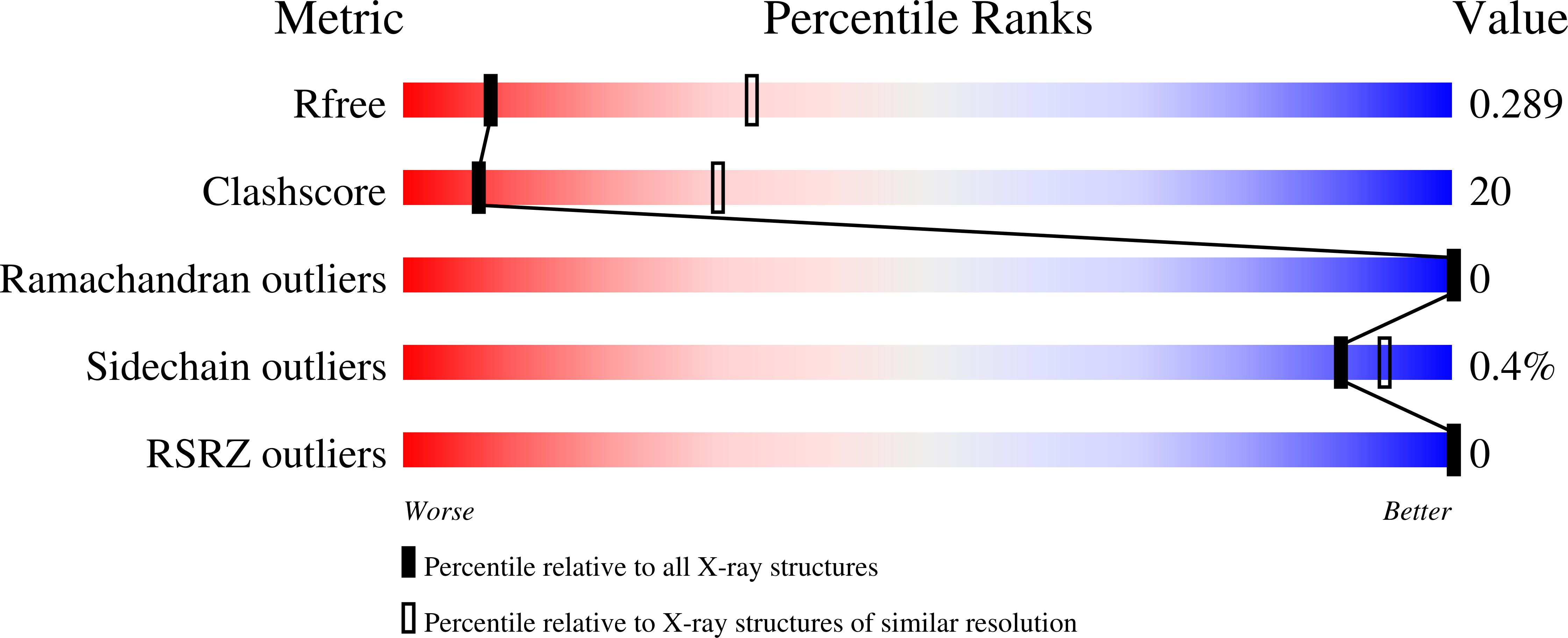
Deposition Date
2024-01-03
Release Date
2024-09-04
Last Version Date
2024-09-04
Entry Detail
PDB ID:
8VI8
Keywords:
Title:
Engineered glutamine binding protein and a cobaloxime ligand - no GLN bound
Biological Source:
Source Organism:
Escherichia coli (Taxon ID: 562)
Host Organism:
Method Details:
Experimental Method:
Resolution:
3.21 Å
R-Value Free:
0.28
R-Value Work:
0.28
R-Value Observed:
0.28
Space Group:
C 1 2 1


